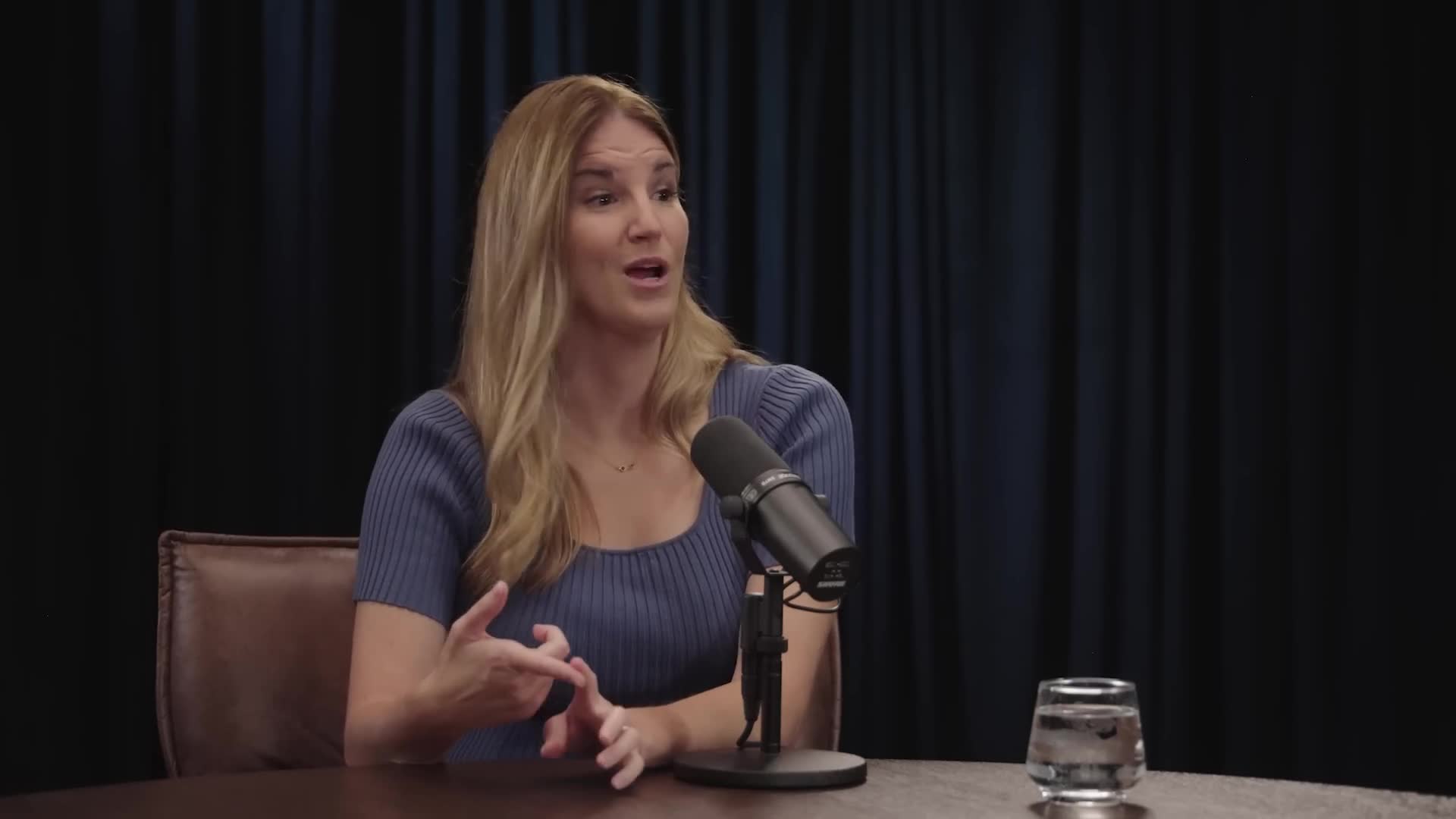Neurological Side Effects
What is Auditory Processing Disorder (APD) and how does it affect the brain?
Auditory Processing Disorder (APD) is a neurological condition that impairs the brain's ability to interpret sounds. This disorder specifically affects how the brain processes auditory information, making it difficult for individuals to properly understand what they hear, particularly when there is background noise present. In essence, APD slows down the brain's ability to process words and sounds, creating challenges in distinguishing and interpreting auditory input from surrounding environments. The condition is particularly problematic in noisy settings, where the brain struggles to filter and make sense of important sounds among competing audio stimuli.
Watch clip answer (00:11m)What is causing the rise in Auditory Processing Disorder (APD) among young people?
According to experts, there's a growing number of young people seeking help for Auditory Processing Disorder (APD), a neurological condition affecting the brain's ability to interpret sounds. This increase appears to be linked to the rising popularity and overuse of noise-cancelling headphones among younger populations. The technology, while convenient, may be inadvertently contributing to hearing issues when used excessively without proper breaks. APD specifically hampers how the brain processes auditory information, making it difficult for affected individuals to properly interpret what they hear, despite having normal hearing sensitivity.
Watch clip answer (00:14m)What is frontal temporal dementia and how does it impact someone's daily life and independence?
Frontal temporal dementia is a progressive neurological condition that affects both language and behavioral functions, as explained by medical experts. This is the same diagnosis that forced actor Bruce Willis to retire from Hollywood, highlighting the severity of the condition's impact on cognitive abilities. As the disease progresses, individuals experience increasing difficulties with communication and behavioral control, which significantly affects their independence and quality of life. For public figures like Wendy Williams, this diagnosis not only impacts their personal lives but also raises complex questions about guardianship, healthcare decisions, and the balance between protection and personal freedom in medical care facilities.
Watch clip answer (00:12m)What specific health complications were observed in COVID-19 vaccine trials that were not adequately communicated to the public?
According to vaccine trial participant Brianne Dressen, neurological complications were the primary health issues observed during COVID-19 vaccine trials. The data also revealed that vaccines did not prevent Long Covid as expected, and in many cases, actually made existing Long Covid symptoms worse rather than providing improvement. Most concerning was the apparent disconnect between what researchers and officials knew internally versus what was communicated publicly. Trial participants and the broader public were not fully informed about these complications, despite clear evidence of neurological side effects and the vaccines' limited effectiveness against Long Covid. This highlights critical issues around informed consent and transparency in vaccine safety reporting, particularly regarding the gap between private knowledge and public health messaging during the pandemic.
Watch clip answer (00:25m)What happened to Brianne Dressen after participating in the AstraZeneca COVID-19 vaccine trial, and how did the trial organizers respond to her adverse reactions?
Brianne Dressen experienced severe adverse reactions within hours of receiving the AstraZeneca vaccine during a Phase 3 trial. Her symptoms began with tingling in her injection arm on the way home, followed by blurred and double vision, distorted hearing, and eventually a slumped left leg that caused her to walk into doorways. Despite the trial contract promising medical and financial support for research-related injuries, Dressen received no response when she called to report her symptoms the morning after the injection. As a preschool teacher during COVID-19, she prioritized her students' need for stability and continued working despite her debilitating symptoms. Her experience highlights critical gaps in vaccine trial participant support systems and raises important questions about accountability and transparency in clinical research, ultimately leading her to co-found React19.org to advocate for other vaccine-injured individuals.
Watch clip answer (02:32m)What are the legal challenges and prevalence of adverse reactions from COVID-19 vaccines based on clinical trial data?
Brianne Dressen explains that vaccine injury cases face unique legal obstacles due to the PREP Act, which provides robust protections for vaccination programs. Unlike typical injury cases that would be "open and shut," vaccine-related lawsuits encounter impenetrable legal barriers because vaccines are held to different standards in the United States. Regarding prevalence, Dressen cites two key studies showing significant adverse event rates. Freeman and Doshi's analysis of clinical trial data found serious adverse events occur at a rate of 1 in 800 participants. Additionally, the German government has officially recognized "post vaccine syndrome" as a severe multi-system condition occurring after COVID vaccination, with rates similar to long COVID at 2 in 5,000 cases. These findings highlight the gap between reported adverse events and actual clinical trial data, raising questions about transparency in vaccine safety reporting.
Watch clip answer (02:17m)



